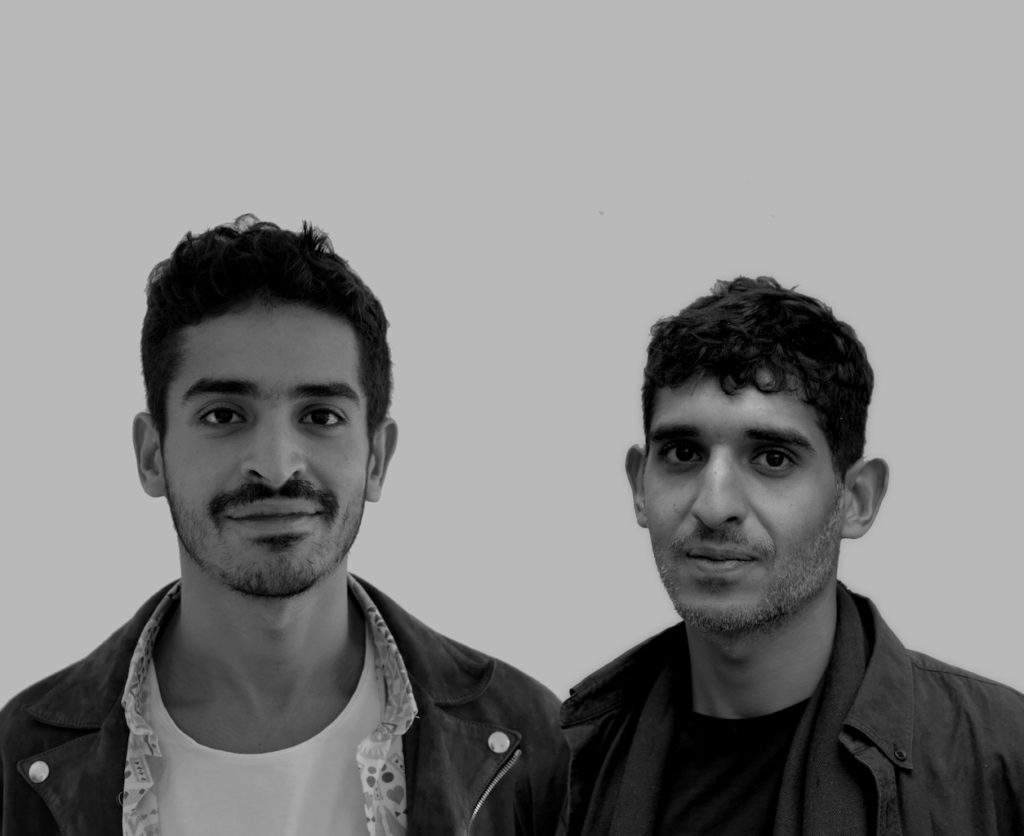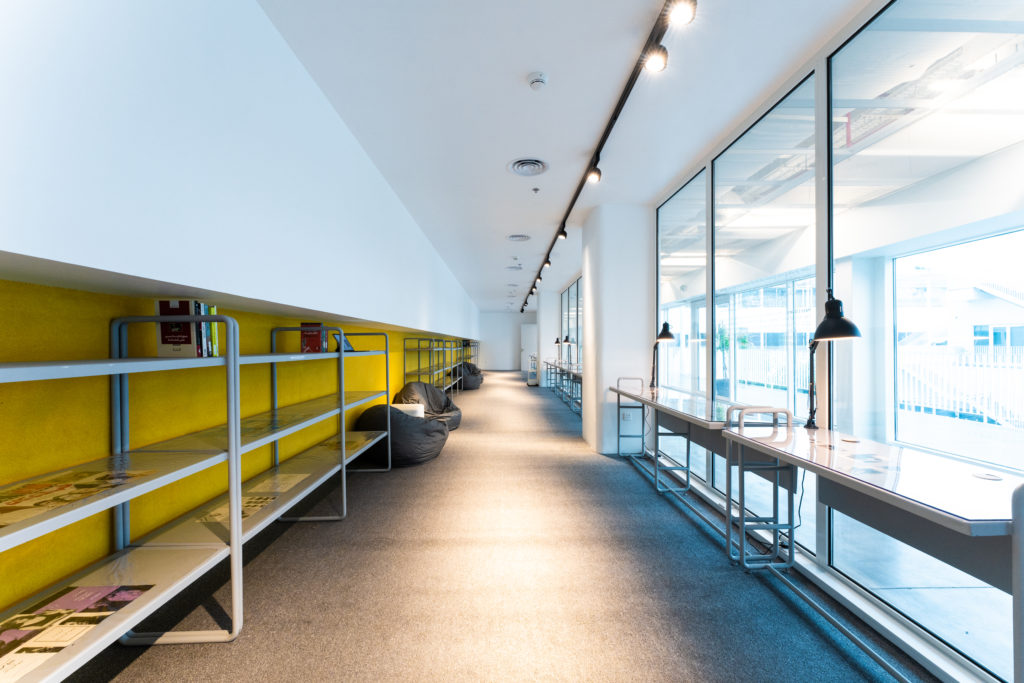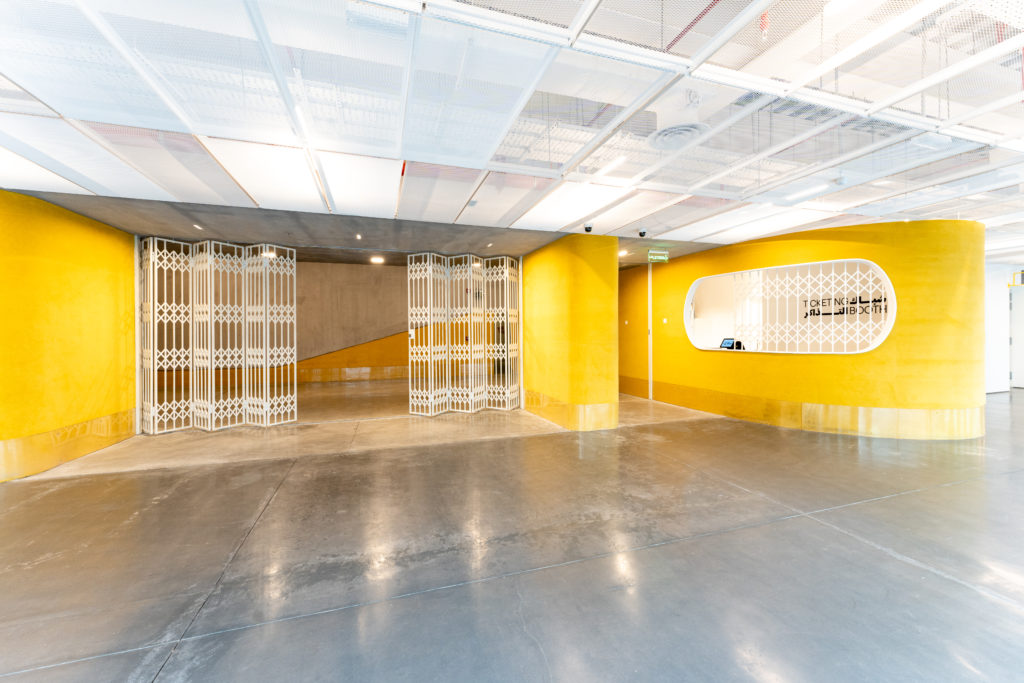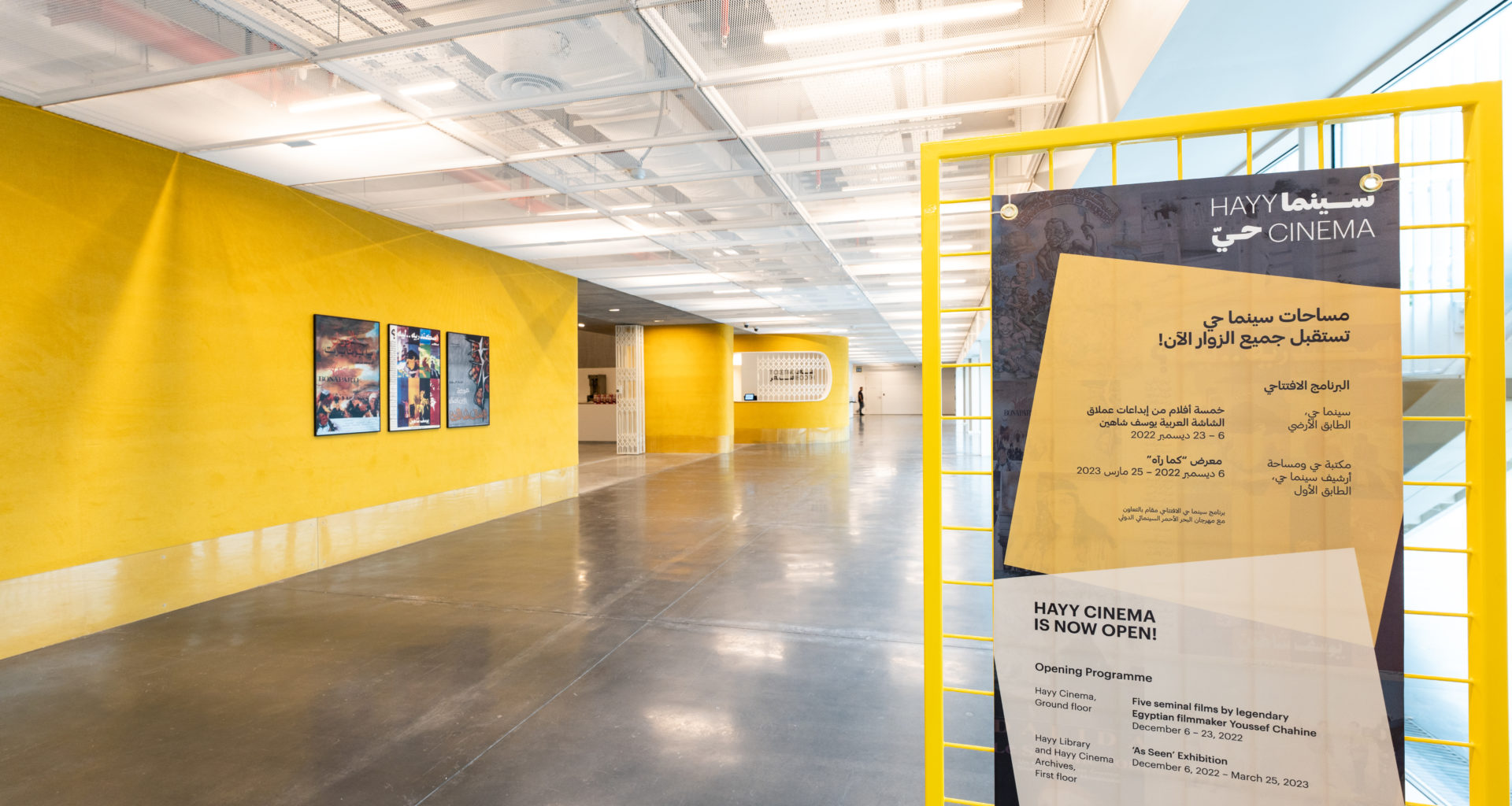Saudi Arabia prides itself with launching the first independent cinema and audio-visual center designed by Jeddah-based architectural practice, Bricklab. On the occasion of one year anniversary and the second edition of Red Sea International Festival, Hayy Cinema opened its doors in Jeddah. The center boasts a 168-seat theatre, a 30-seat community screening room, a multimedia library and an educational exhibition space.
Established in 2015 by Turki Hisham Gazzaz and Abdulrahman Hisham Gazzaz, Bricklab examines the intersection of socio-political, economics and cultural networks that implicitly form the built environment. With the user experience in mind, those significant intersections begin to reveal the role of design in the broader cultural development.
After being shortlisted from over 100 entries globally and becoming one of the three Arab entries shortlisted, the studio was awarded the Art Jameel International Design Award for Hayy Cinema. They were also the commissioned architects for the Saudi pavilion, which debuted for the first time at the 16th International Architecture Exhibition of La Biennale Di Venezia with the theme of Freespace with an exhibition entitled 'Spaces in Between’.
We caught up with the Bricklab architects to understand the thought process in building an audio-visual experience and provide a retrospection of their practice throughout the years leading to receiving the Art Jameel award.

Design practice
Marsya Abdulghani: What is your top design philosophy and go-to design framework and what kind of gaps do you usually attempt to solve in your practice?
Bricklab: We usually approach each project as a potential avenue for research on the relationship between design and its wider socio-economic and cultural context. As such, we strive to build our design philosophy on a comprehensive understanding of the place, the user, and activities. This allows us to develop an architectural language that responds uniquely to each context.
M.A: How have your past experiences and multidisciplinary backgrounds contributed to the latest project at Hayy Jameel?
B.L: Over the years, we have developed a structured set of research methodologies combining fieldwork (material collection, interviews, and mapping) and academia (historic, political, social, and scientific). At Hayy, we started developing the program and layout based on data we collected through interviews with members of the filmmaking community. To extrapolate the specific design language and materiality of the project, we examined the trajectory of cinema culture in Jeddah from its humble beginnings as community-led initiatives through to its eventual demise and subsequent resurrection.
M.A.: What does it take to achieve the award winning status from Art Jameel?
B.L: We firmly believe that our community-led approach was the key to our successful award. Throughout the competition process, we made sure to provide any additional facilities and resources to allow the cinema to organically grow as a community hub. We hope that this approach will make room for wider engagement between members of the film industry and the general public.

Process
M.A: What are the key factors that need to be considered when designing a space that is catered for audiovisual experiences?
B.L: The design process for cinema spaces is a highly specialized discipline that requires technical expertise across multiple disciplines. In terms of design, site-lines between viewer and screen, acoustics, material selection, handicap accessibility, and servicing strategy all need to be accounted for from the early concept stage.
M.A: How are architects handling the upcoming technological gadgets as part of the spatial experience?
B.L: Architects are usually coordinating conversations between engineers, suppliers, and the client. Our training and experience are limited to making the adequate spatial provisions for the required technical components to ensure smooth operation and maintenance. That said, we are always keen on gaining a comprehensive understanding of the proposed technologies to identify opportunities that showcase any special equipment through the design of the space.
M.A: How do you hope the organizers and the audience fully utilize the space?
B.L: We have already started seeing the activation of most of the spaces through the cinema opening program with the Red Sea Film Festival. The visitors were offered an opportunity to watch Youssef Chahine’s films while simultaneously getting a glimpse of his personal archive, behind-the-scenes footage and other related media. As we move beyond the opening days, we hope to see the library and archive build on their content, to watch early drafts of local productions, and to have a chat with a local filmmaker by the café.

The cultural and creative scene in Saudi Arabia
M.A: Throughout the years, how has the creative and cultural scene in KSA developed and how has Bricklab grown with it?
B.L: Over the past 8 years, Bricklab has witnessed a cultural ‘renaissance’ across the kingdom. Since then, our practice has flourished as a multidisciplinary studio probing the boundaries of research, architecture, and culture.
For more information, visit www.brick-lab.com







